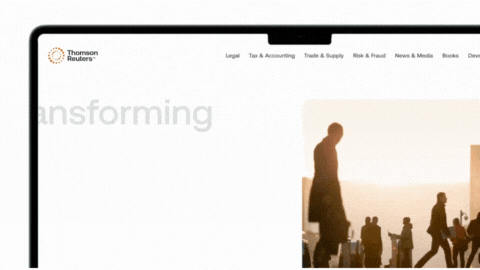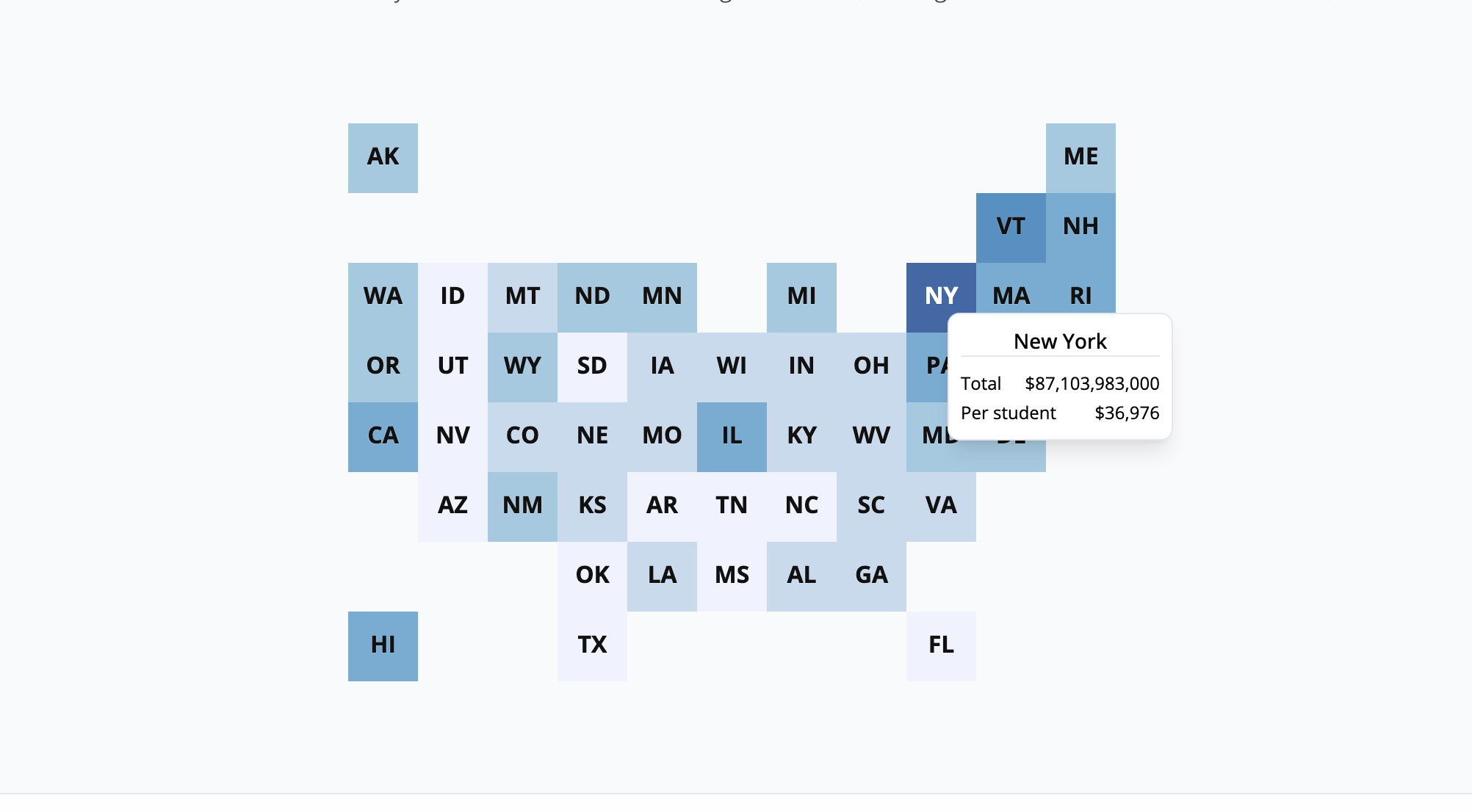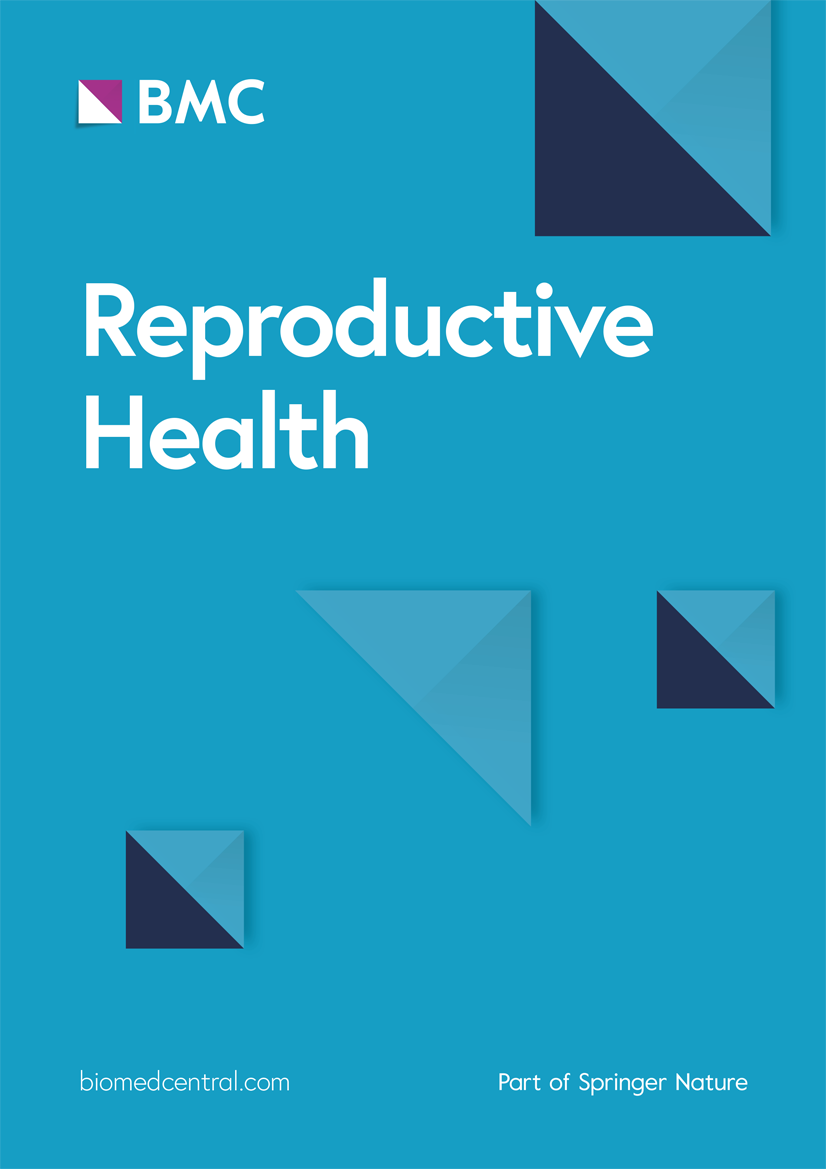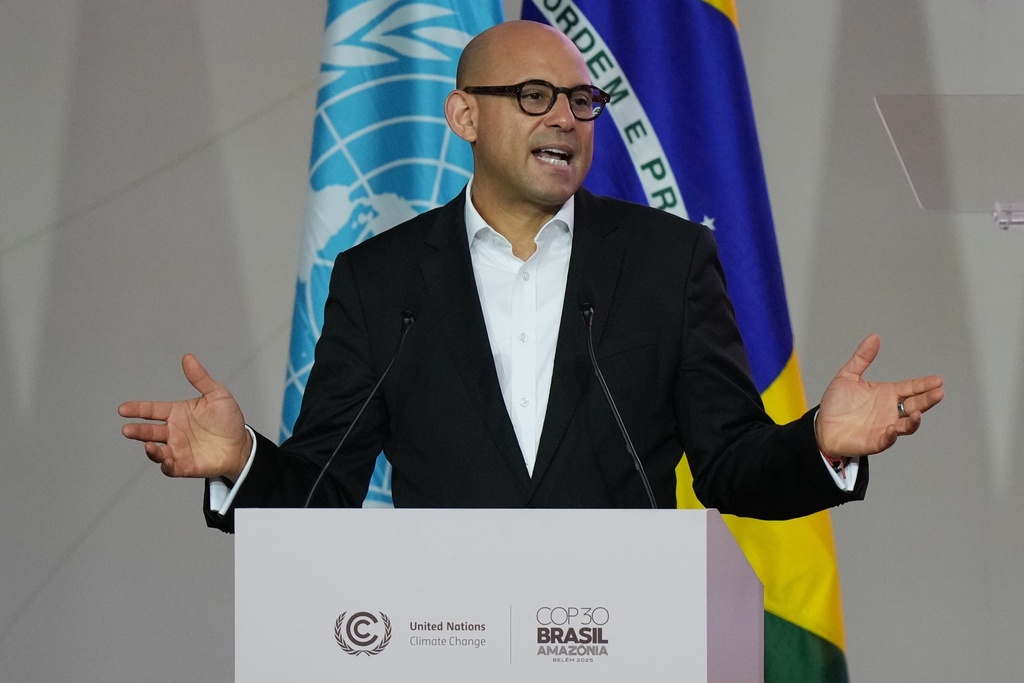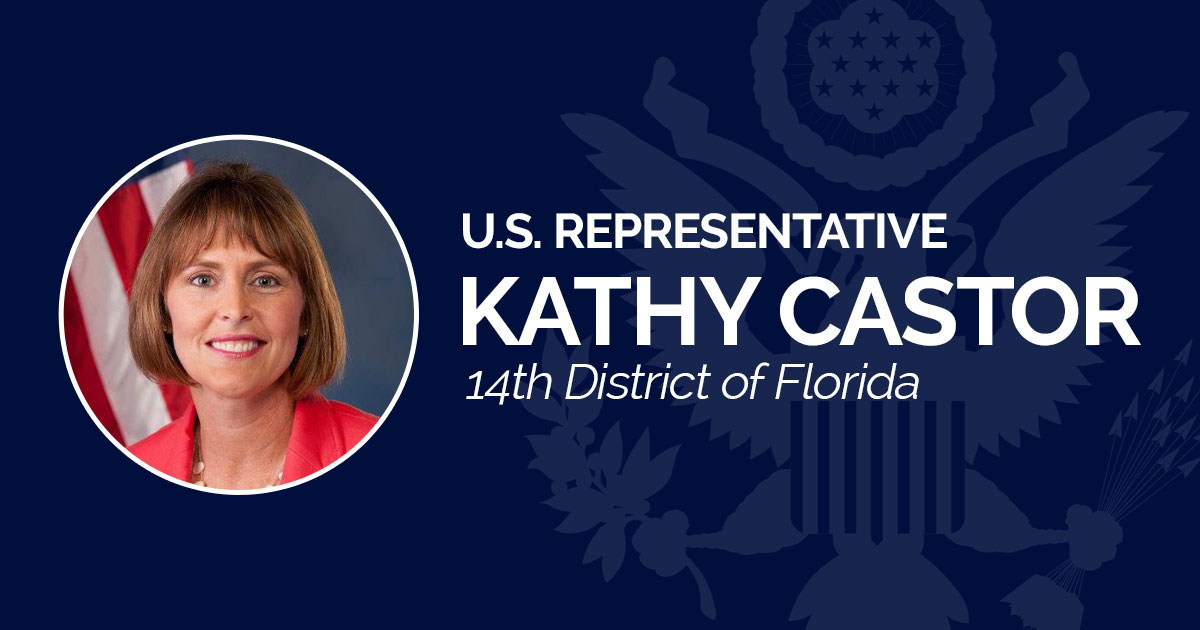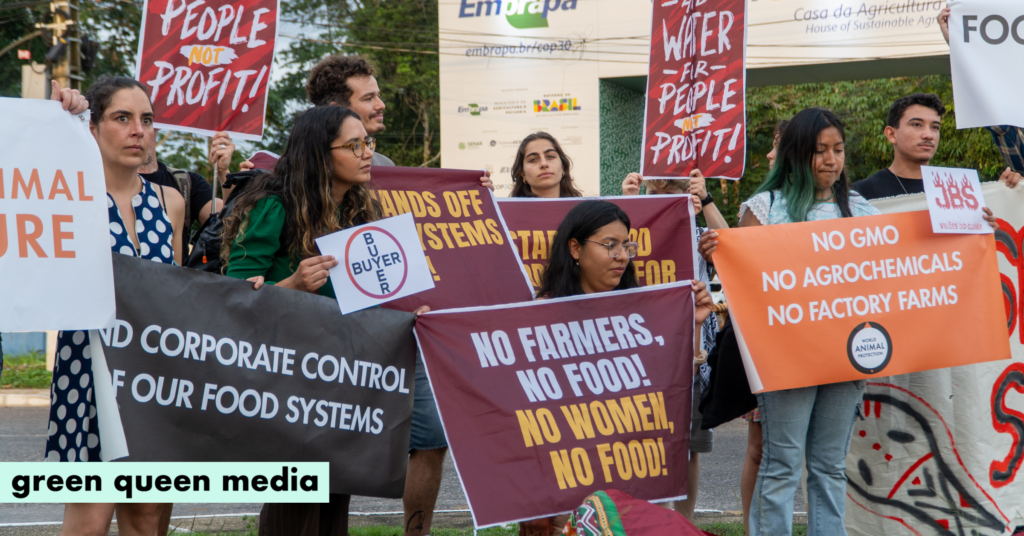The strategic advantages of sustainability – Mercer

Report on Corporate Sustainability and Alignment with Sustainable Development Goals
The Evolving Risk Landscape and SDG Imperatives
An analysis of the current business environment indicates that the impacts of climate change and the necessary energy transition present significant operational and growth risks. These challenges extend beyond purely environmental factors, creating a complex risk landscape that directly intersects with several United Nations Sustainable Development Goals (SDGs).
- SDG 13 (Climate Action): Businesses face direct risks from climate-related events and transitional risks associated with shifting to a low-carbon economy. A failure to adapt threatens operational continuity and long-term viability.
- SDG 7 (Affordable and Clean Energy): The global energy transition creates both risks for carbon-intensive industries and opportunities for those investing in clean energy solutions. Strategic alignment with this goal is critical for future growth.
- SDG 8 (Decent Work and Economic Growth): Climate impacts and unsustainable practices can disrupt supply chains, threaten job security, and undermine stable economic growth, making corporate action essential for achieving this goal.
Strategic Integration of Sustainability for Resilient Growth
To navigate these challenges and transform them into opportunities, organizations must adopt a robust sustainability strategy. Achieving consistent, resilient growth is contingent upon the successful integration of sustainability principles across all core activities. This strategic alignment enables organizations to contribute meaningfully to the 2030 Agenda for Sustainable Development.
- Integrate SDG Principles: Embed climate and sustainability considerations, guided by the SDGs, into the core of corporate strategy, operations, and investment decisions.
- Communicate with Stakeholders: Transparently communicate sustainability commitments and performance to employees, customers, investors, and communities, fostering trust and accountability.
- Pursue Resilient Growth: Position the organization to lead in its sector by proactively managing risks and capitalizing on opportunities presented by the sustainability transition.
Key Benefits of an SDG-Aligned Corporate Strategy
A sound sustainability strategy, explicitly linked to the SDGs, yields substantial benefits that enhance organizational value and resilience.
- Enhanced Value Creation and Market Leadership: By aligning with goals such as SDG 9 (Industry, Innovation and Infrastructure) and SDG 12 (Responsible Consumption and Production), organizations can innovate, create lasting value, and establish themselves as industry leaders.
- Strengthened Stakeholder Relations: Meaningful engagement with stakeholders builds strong partnerships, aligning with SDG 17 (Partnerships for the Goals), and contributes to the development of SDG 11 (Sustainable Cities and Communities).
- Improved Risk Management and Reputation: A proactive stance on sustainability helps mitigate regulatory, operational, and reputational risks while managing costs, thereby protecting the organization’s long-term interests and social license to operate.
Which SDGs are addressed or connected to the issues highlighted in the article?
-
SDG 13: Climate Action
The article directly addresses this goal by stating, “The impacts of climate change and the energy transition are creating operational and growth risks for businesses of all kinds.” It emphasizes the need for businesses to integrate climate principles into their core activities.
-
SDG 8: Decent Work and Economic Growth
This goal is connected through the article’s focus on business strategy. It discusses how a sustainability strategy can help organizations achieve “more consistent, resilient growth,” create “lasting value,” and manage “operational and growth risks,” all of which are central to sustainable economic growth.
-
SDG 7: Affordable and Clean Energy
The mention of the “energy transition” directly links to this goal. The energy transition is a core concept in shifting global energy systems away from fossil fuels towards clean and renewable sources.
-
SDG 17: Partnerships for the Goals
The article highlights the importance of multi-stakeholder engagement for a successful sustainability strategy. It mentions the need for organizations to “connect meaningfully with their employees, customers, investors and communities,” which reflects the collaborative approach of SDG 17.
What specific targets under those SDGs can be identified based on the article’s content?
-
SDG 13: Climate Action
- Target 13.2: Integrate climate change measures into national policies, strategies and planning. The article translates this from a national to a corporate level, advocating for businesses to “integrate and communicate climate and sustainability principles across their core activities” and develop a “sound sustainability strategy.”
-
SDG 8: Decent Work and Economic Growth
- Target 8.4: Improve progressively, through 2030, global resource efficiency in consumption and production and endeavour to decouple economic growth from environmental degradation. The article’s concept of a “sustainable organization” that achieves “resilient growth” while managing risks from “environmental factors” and the “energy transition” directly aligns with this target of decoupling growth from environmental impact.
-
SDG 7: Affordable and Clean Energy
- Target 7.2: By 2030, increase substantially the share of renewable energy in the global energy mix. The article’s reference to the “energy transition” implies a shift towards cleaner energy sources, which is the primary objective of this target.
-
SDG 17: Partnerships for the Goals
- Target 17.17: Encourage and promote effective public, public-private and civil society partnerships. The article’s call for organizations to “connect meaningfully with their employees, customers, investors and communities” is a direct reflection of the multi-stakeholder partnership model promoted by this target.
Are there any indicators mentioned or implied in the article that can be used to measure progress towards the identified targets?
The article is strategic and does not provide quantitative indicators. However, it implies several qualitative or process-based indicators:
- Existence of a corporate sustainability strategy: The article repeatedly emphasizes the importance of having a “sound sustainability strategy.” The development and implementation of such a strategy can be considered an indicator of progress towards integrating climate action (Target 13.2).
- Integration of sustainability principles: Progress can be measured by the extent to which an organization has managed to “integrate and communicate climate and sustainability principles across their core activities.” This serves as a process indicator for achieving resilient growth (Target 8.4).
- Stakeholder engagement and connection: The quality and depth of an organization’s connection with its “employees, customers, investors and communities” can be used as a qualitative indicator for building effective partnerships (Target 17.17).
SDGs, Targets and Indicators
| SDGs | Targets | Indicators (Implied from the article) |
|---|---|---|
| SDG 13: Climate Action | 13.2: Integrate climate change measures into policies, strategies and planning. | The existence and implementation of a corporate “sound sustainability strategy” that integrates climate principles. |
| SDG 8: Decent Work and Economic Growth | 8.4: Improve resource efficiency and decouple economic growth from environmental degradation. | The successful integration of sustainability principles across core activities to achieve “resilient growth” while managing environmental risks. |
| SDG 7: Affordable and Clean Energy | 7.2: Increase substantially the share of renewable energy in the global energy mix. | Corporate participation and strategy related to the “energy transition.” |
| SDG 17: Partnerships for the Goals | 17.17: Encourage and promote effective public, public-private and civil society partnerships. | The level and quality of meaningful connection with stakeholders, including “employees, customers, investors and communities.” |
Source: mercer.com

What is Your Reaction?
 Like
0
Like
0
 Dislike
0
Dislike
0
 Love
0
Love
0
 Funny
0
Funny
0
 Angry
0
Angry
0
 Sad
0
Sad
0
 Wow
0
Wow
0

